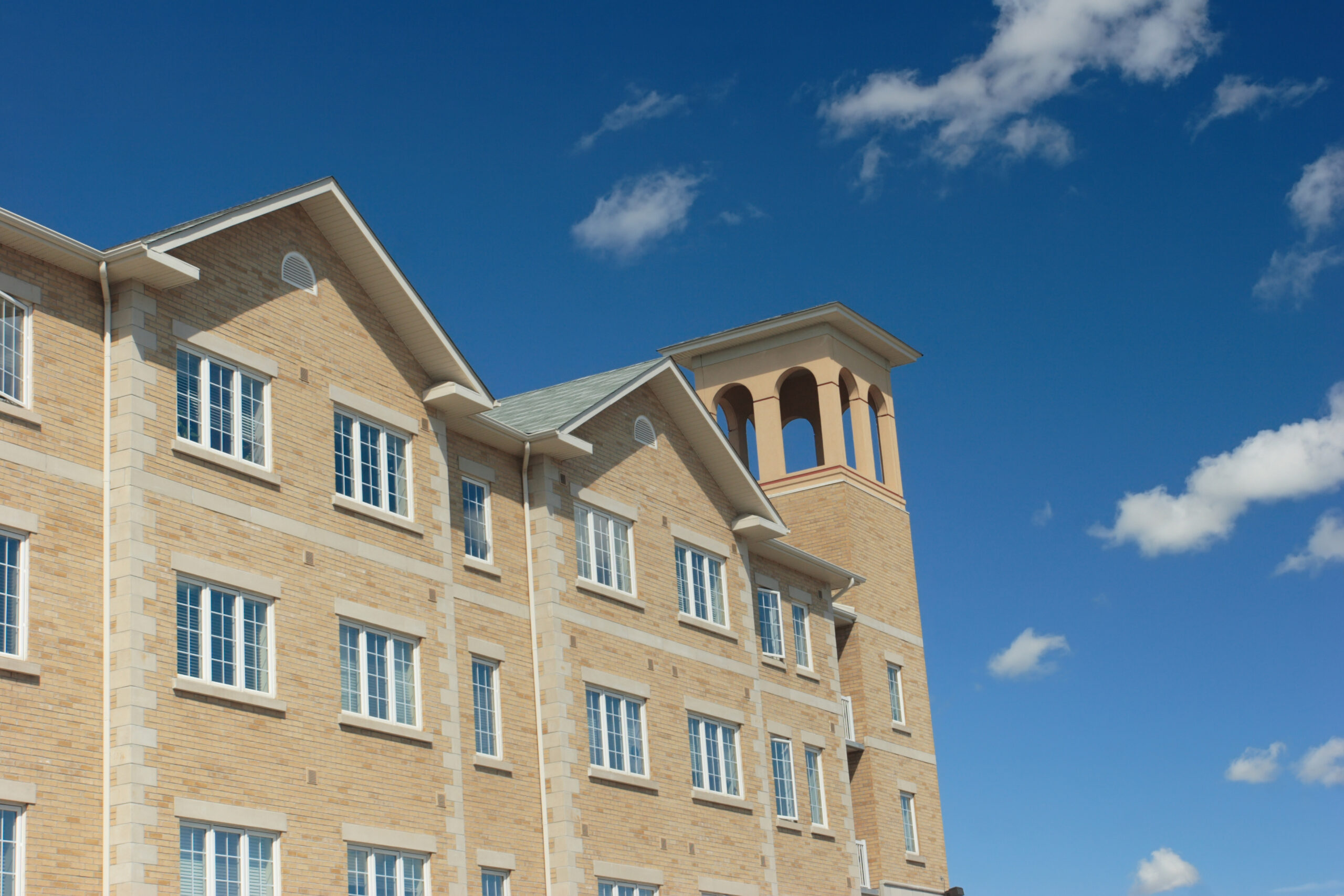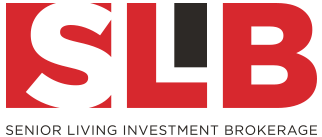
How Cap Rates Are Determined
A cap rate is calculated by dividing the net operating income of a property by the purchase price. The cap rate would equal the rate of return on equity if a property was bought with all cash and the net operating income stayed the same for the next twelve months. As cap rates increase, the purchase price decreases, and vice versa.
The cap rate is a measure of risk. Typically, the higher the cap rate, the riskier the asset is. Cap rates for skilled nursing facilities typically range between 11-15%, where-as assisted living facilities typically range from 7-10%. However, why does one assisted living facility sell for a 7% cap rate and another one sells for a 10% cap rate?
Typically, newer, larger facilities located in larger, growing, metropolitan areas sell at lower cap rates than older, rural facilities. Other determinates are the income/occupancy history of a property. Those properties that have a history of high occupancy and consistent earnings sell for lower cap rates than properties that have struggled in the past.
Outside factors also determine cap rates such as interest rates, availability of debt and equity capital and general economic conditions.
The first step in determining value is to engage an experienced professional to assist in the valuation and analysis of your property/properties. Please contact us if you would like a no-obligation market analysis.
Jason Punzel, Senior Associate. punzel@slibinc.com


